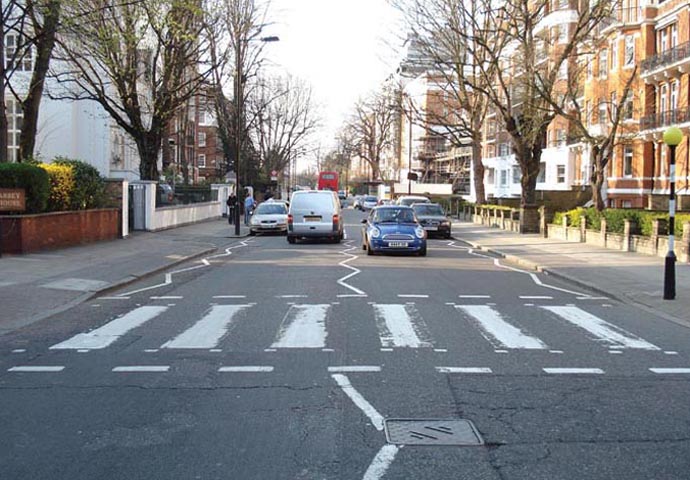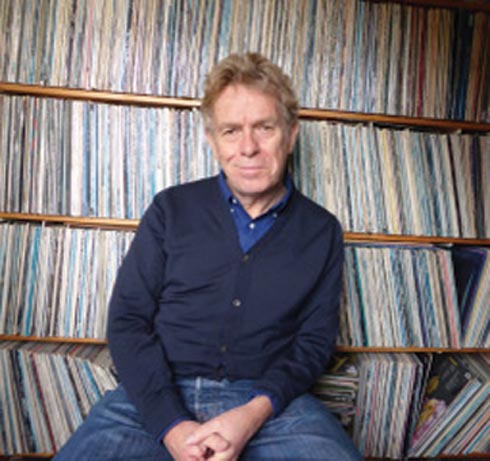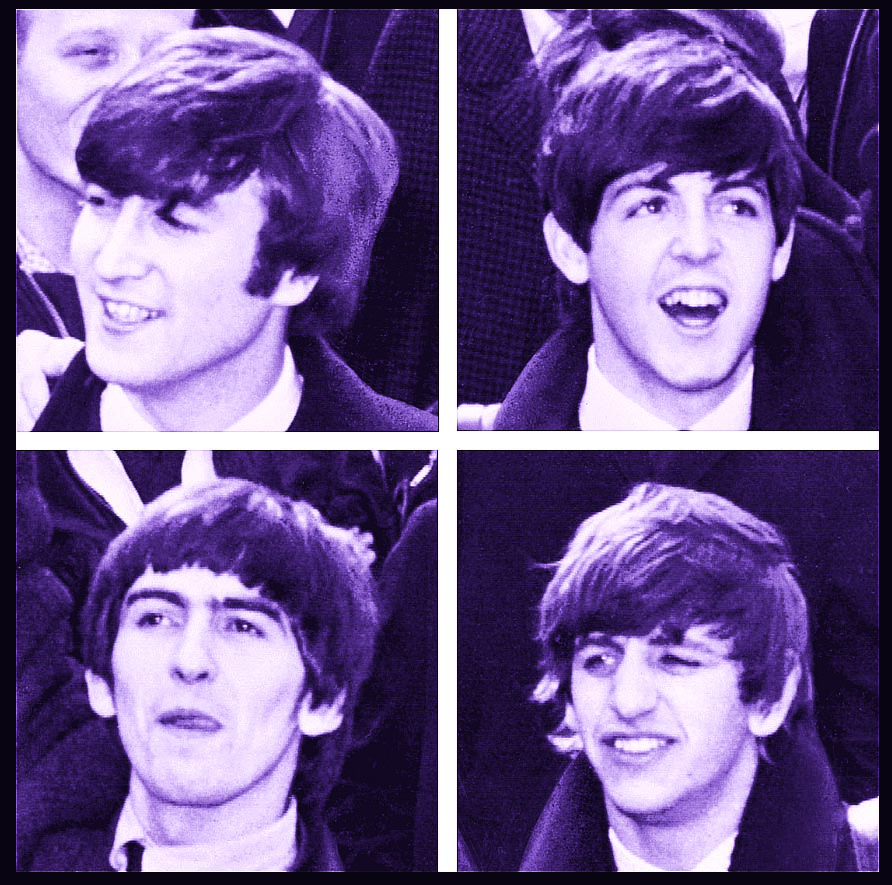For the record
From Bette Davis to the Fab Four, Abbey Road Studios has played host to them all, writes Peter Gruner
Thursday, 15th December 2022 — By Peter Gruner

The world famous crossing in St John’s Wood. Photo: M.Caimary_CC BY-2.0
THE singer Cilla Black was just 22, untrained and inexperienced when in 1966 she attempted to record the song Alfie at what would soon become the world-famous Abbey Road Studios in St John’s Wood.
So writes author David Hepworth, in his fascinating new book about the studios’ colourful history, Abbey Road NW8. He reveals that the song, which begins, “What’s it all about Alfie?”, had to be sung by Cilla 28 times in front of composer Burt Bacharach and a 40-piece orchestra, before it was good enough to record. It became the centrepiece of the film Alfie, about a Cockney womaniser, played by Michael Caine.

David Hepworth. Photo: Imogen Hepworth
In an interview with Review, Hepworth, who lives in Southgate, described his book as a labour of love, as he researched many of his favourite artists.
Getting back to poor Cilla’s 60s recording, he writes that sound producer George Martin and a “smattering of men in suits” from the film company, were all “fretting about how much it would cost and whether this gawky child, who was only a couple of years out of Liverpool, would be able to make anything out of the song with such an unlikely title.”
Suffice to say Alfie became a big hit and Cilla was on her way to superstardom.
The studio is today, of course, a major tourist attraction, mainly due to the Beatles who recorded their 11th album, Abbey Road, there. Most of us know the album’s cover with a photo of John, Ringo, Paul and George on a zebra crossing close to the studio, on an August morning in 1969.
The crossing is today the only one of its kind in Britain to be officially listed by English Heritage. There’s also a wall for signatures from visitors, but the names often get painted over by Westminster Council.
The Beatles were also well known for their jokes, as sound engineer Ken Townsend discovered one day. He got a phone call from road manager Mal Evans saying the Fab Four wanted him to come to the studios because they had a complaint to make. Townsend, who had just become manager of technical operations, “was shaking,” writes Hepworth, because they’d never complained to him. And Townsend, who worked for the studios for more than 40 years, had helped the band record more than 200 songs.
Quoting Townsend, Hepworth writes: “I went into the control room of Studio Two and there were the Beatles stood behind the mixing desk. John says, ‘Mr Townsend, we have a complaint to make. This toilet paper is too hard and shiny and it’s got EMI Ltd written on it. Unless we get it changed, we’re going to go and see Sir Joseph Lockwood’ (then chairman of EMI)”.
Townsend describes how he “charged upstairs” to see his immediate boss Allen Stagg, and told him what Lennon had said. Together they changed all the rolls of toilet paper in the whole building.
Townsend said: “I didn’t realise at the time, but it was obviously a wind-up.”
He joined the studios in 1954 and later became its chairman and earned an MBE. He retired in 1995 and gets a special mention in the book. He was the engineer who fixed things and invented new methods that helped Abbey Road to become an important international venue for musicians.
In the decades since the studio first opened in 1931 many thousands of talented artists and performers have entered the premises. They include: Edward Elgar, George Bernard Shaw, Steven Spielberg, Yehudi Menuhin, Bette Davis, Peter Sellers, Ravi Shankar, Gracie Fields, Judy Garland, Ella Fitzgerald, Glenn Miller, Sophia Loren, Luciano Pavarotti, Eartha Kitt, Noël Coward, Liam Gallagher and Amy Winehouse.

The Beatles recorded their 11th album in Abbey Road Studios
The Beatles’ decision to call their record Abbey Road was hilarious in retrospect, Hepworth said. It was consistent with their desire to make clear this was just another piece of work, named after their actual place of work.
It was part of the Beatles’ ongoing effort to convince everyone that they were only human. The effect achieved would, as in all other cases involving the Beatles, be entirely the opposite.
In his foreword to Hepworth’s book Paul McCartney remembers the first time he walked into Abbey Road 60 years ago. “It was such a scary session with George Martin there as the presiding ‘grown-up’.” McCartney remembers the late John Lennon. “When I visit, it makes me want to just sit and think, Ah, there’s John doing Girl…”
• Abbey Road, NW8: The Inside Story of the World’s Most Famous Recording Studio. By David Hepworth, Bantam, £25